
Frailea is a genus of globular to short cylindrical cacti native to South America. These species are cleistogamous. They were first classified in the genus Echinocactus.

The Cactoideae are the largest subfamily of the cactus family, Cactaceae. Around 80% of cactus species belong to this subfamily. As of August 2018, the internal classification of the family Cactaceae remained uncertain and subject to change. A classification incorporating many of the insights from the molecular studies was produced by Nyffeler and Eggli in 2010. Various revisions have been published since, e.g. to the tribe Hylocereeae and the tribe Echinocereeae. Classifications remained uncertain as of March 2019.

Brachypterois is a genus of marine ray-finned fishes belonging to the family Scorpaenidae, the scorpionfishes. They are native to the Indian Ocean and the western Pacific Ocean.

Parodia buiningii is a rare species of cactus native to South America. It is a solitary spherical or oblate cactus only a few inches in height with long, yellow spines. It bears yellow flowers, and produces hairy fruit and black seeds. It is found surrounding the towns of Santana do Livramento, Brazil and Rivera, Uruguay.
Sillus is a genus of anyphaenid sac spiders first described by Frederick Octavius Pickard-Cambridge in 1900.

Isoperla is a genus in the family Perlodidae, also known as the perlodid stoneflies, stripetails or springflies.

Myrmecina is a genus of ants in the subfamily Myrmicinae. It contains 53 species distributed in North America, Europe, northern Africa, India east, Korea, Japan and Australia.

Gymnocalycium eurypleurum is a small "chin cactus" that is highly prized by cactus collectors and is known to be fairly easy to grow, albeit very slow It has been cultivated outside in latitudes as far north as Modesto, California. In the wild, the species is almost always solitary (non-clumping) and may grow in association with Frailea species. The species when grown in the greenhouse is also known for its fidelity to wild specimens. It is said to live in seasonally very dry habitat, clay soils between 6.8–7.2 pH, and maximum temperatures to 50 °C (122 °F). Gymnocalycium eurypleurum is an endemic specie from Paraguay.

Notocacteae is a tribe of cacti belonging to the subfamily Cactoideae.
Palpita curvispina is a moth in the family Crambidae. It was described by Zhang and Li in 2005. It is found in China.
Polyrhachis curvispina is a species of ant in the subfamily Formicinae, found in Sri Lanka.

Frailea castanea is a species of Frailea found in Argentina, Brazil and Uruguay.

Frailea cataphracta is a species of Frailea from Paraguay.
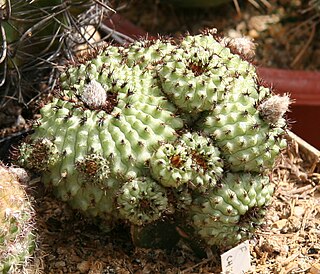
Frailea chiquitana is a species of Frailea from Bolivia.
Frailea gracillima is a species of Frailea from Brazil, Paraguay, and Uruguay.
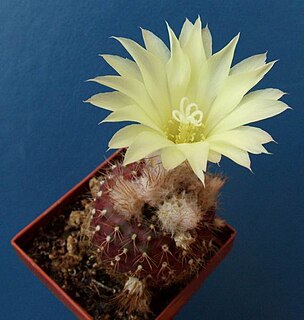
Frailea mammifera is a species of Frailea from Bolivia and Argentina.
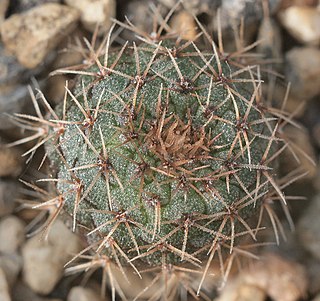
Frailea phaeodisca is a species of Frailea from Brazil and Uruguay.
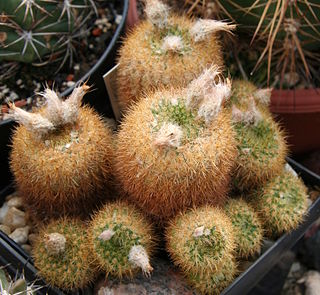
Frailea pumila is a species of Frailea from Brazil, Argentina, and Uruguay.
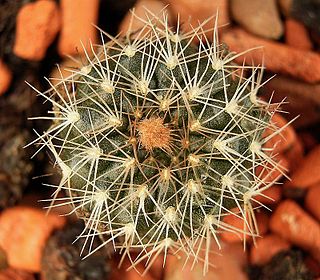
Frailea pygmaea is a species of Frailea from Bolivia, Argentina, and Uruguay.
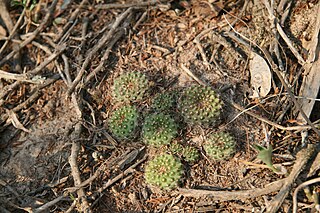
Frailea schilinzkyana is a species of Frailea from Brazil to Argentina.
















